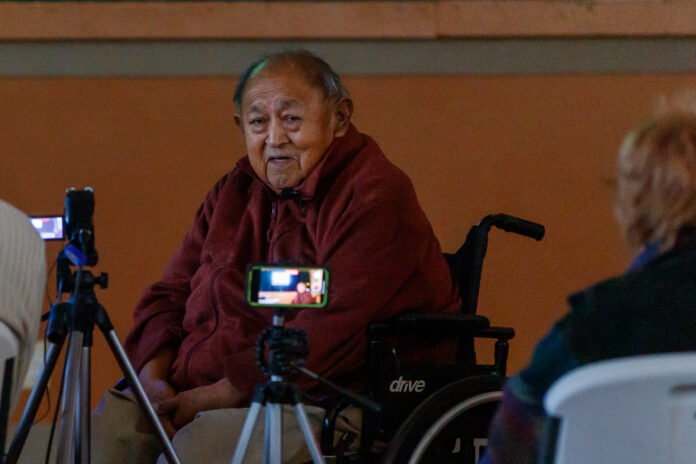The Clarkdale Historical Society & Museum presented the latest installment of its “First Friday In Their Own Words” series on Friday, Feb. 3, with speaker Vincent Randall.
As the Apache Culture director for the Yavapai-Apache Nation, Randall discussed life in Clarkdale prior to the foundation of the town.
Randall started his discussion by correcting the pronunciation of Tuzigoot National Monument, stating that it should be pronounced “Tuzi-wood,” which means “cooking water.”
“Goot,” he said, means “knee,” so “Tuzigoot” now happens to mean “water on my knee.”
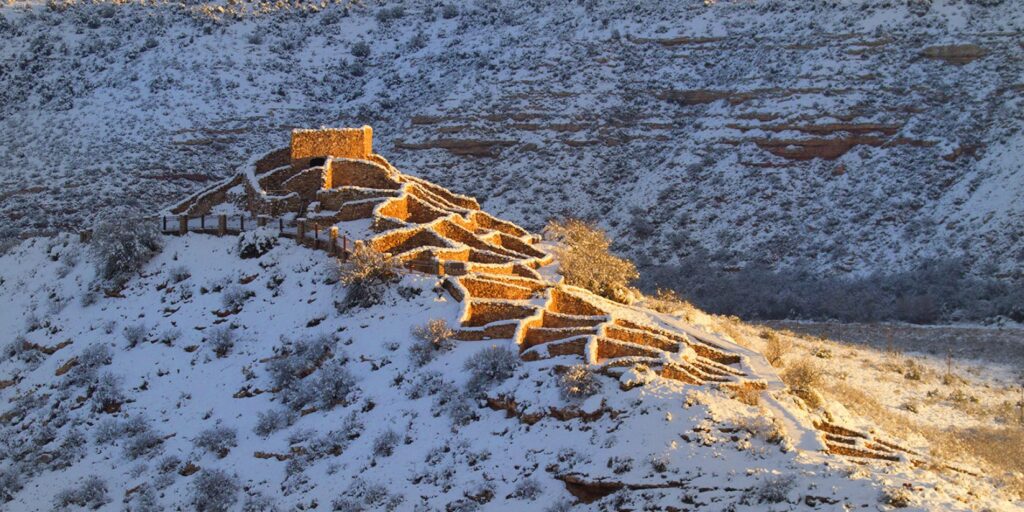
Photo courtesy of the Arizona Department of Tourism.
Randall then went on to describe the state of the Verde Valley’s inhabitants prior to the arrival of Europeans. The Yavapai believed their ancestors had lived underground before emerging from Montezuma’s Well and starting a new life on the surface.
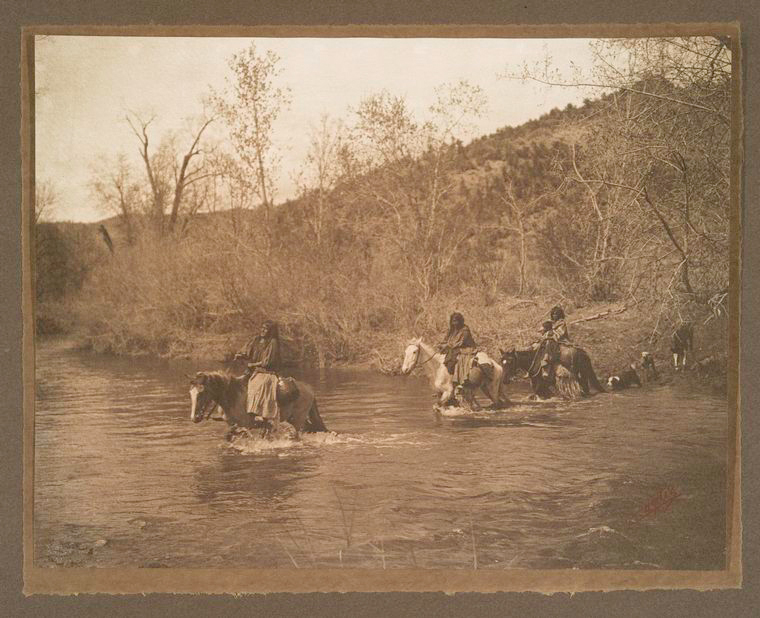

According to Randall, the Spanish arrived in 1583, followed by European trappers in 1820. Next to come were prospectors.
After the discovery of gold in Yavapai territory near Prescott, miners asked the government to bring in U.S. Army soldiers to fight off the locals.
In 1868, the Yavapai surrendered and were restricted to a reservation. The final group of immigrants was made up of farmers and ranchers.
Randall described a few of the different types of tribal reservations that the federal government created. Treaty reservations originated in treaties negotiated between individual nations and the U.S. government and later ratified by Congress.
Ulysses S. Grant’s presidential administration introduced reservations created by executive order, which could be disestablished by the government at any time.
Throughout the 1950s, reservations were terminated and natives paid to forfeit their land claims, resulting in the passage of a bill in 1972 to create congressional reservations.
The Rio Verde Reservation was created in 1871. At that time, it covered around 900 square miles from Camp Verde to Paulden.
Two different tribes, the Yuman-speaking Yavapai and the Athabaskan-speaking Apache, which had no common cultural or linguistic background, were confined together within the reservation.

While on the reservation, the tribes were supplied with foods that were foreign to them. They were given flour, and the people did not know what they should do with it.
“Paint ourselves?” Randall joked.
Coffee was another tricky one.
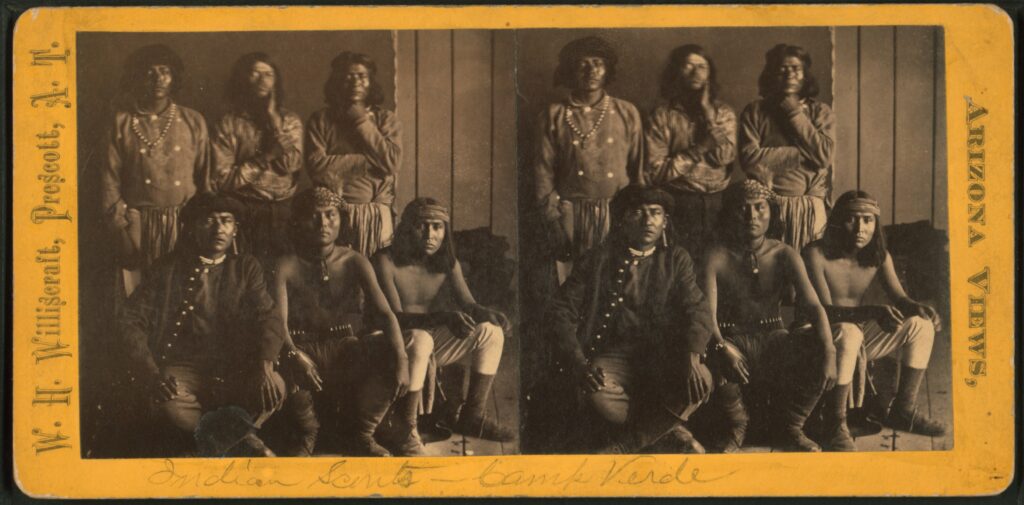
Randall stressed that those who had previously been an independent people living off the land had become dependent upon rations, opening their hands instead of using them. Randall called it the worst thing to ever happen to his people.
“The federal government knows what’s best for us,” Randall said with irony.
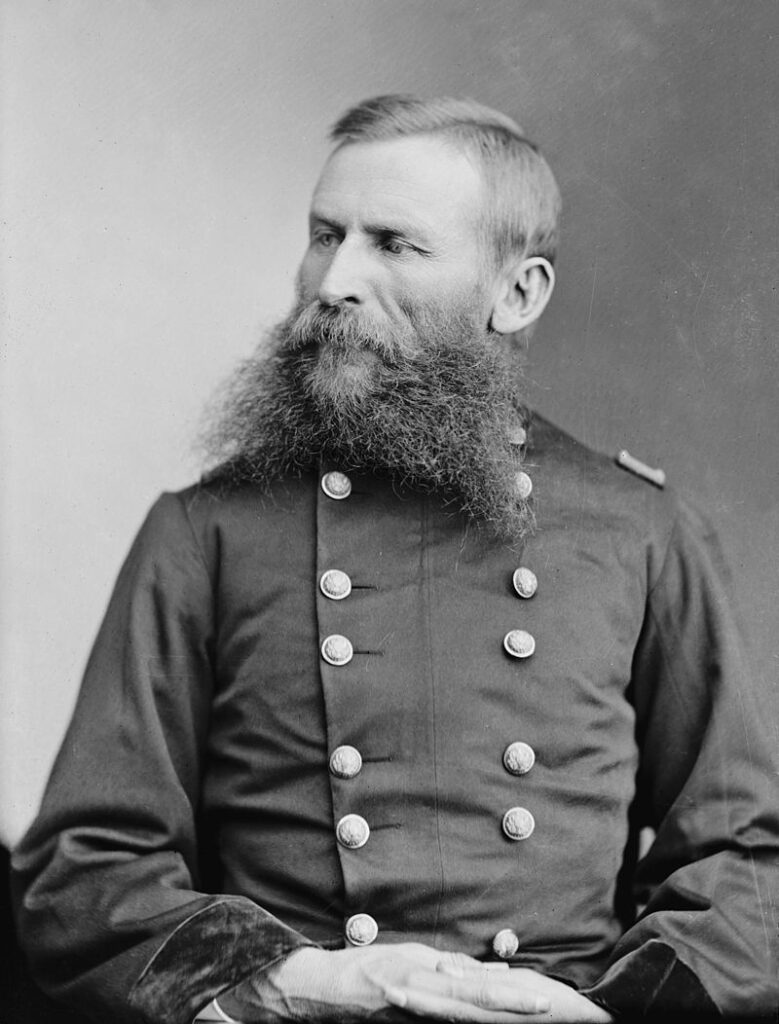
In February 1875, the reservation was disestablished and both tribes marched 180 miles to the San Carlos Reservation, a date now known as Exodus Day. The army had to march between the Apache and Yavapai tribes. Food was scarce and fights broke out, while many died from starvation and exhaustion.
Randall described the San Carlos reservation as a concentration camp. Until 1886, the tribes were not permitted to leave it. Afterwards, when restrictions were lessened, many of them left to take jobs as farm workers, acknowledging that they needed money to survive in this new society. A number worked on the Roosevelt Dam.
“We are tied to the land,” Randall said, but as the land’s earlier inhabitants dispersed in search of survival, they were replaced by others. By 1905 their land had been made public and was governed by the U.S. Forest Service.
Around 1889, between 400 and 600 Yavapai and Apache living in the Camp Verde area served as scouts and were rewarded with permission from Gen. George Crook to return to their homes, although the American settlers tried to stop this.
Since American Indians were not allowed to attend the settlers’ school, they secured a teacher of their own, slowly regained some of their land and began reestablishing the old reservation.
In the 1960s, they recovered additional government trust land in Clarkdale. They were required to build a water system, a sewage system and new homes. Randall stated that the people of Clarkdale have been very supportive.
Randall reminisced about the times he spent in the auditorium where the lecture was held, recalling playing the trumpet in jazz band and basketball there in his youth.

“You have to share your stories,” Randall said in a statement. “Otherwise, someone else will come along and tell them, someone who wasn’t there, didn’t live it.”


